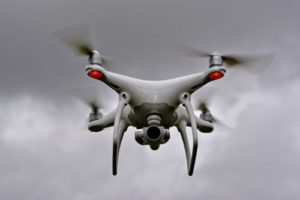
The acting deputy of the Department of Homeland Security (DHS) on Thursday told a Senate panel that Congress needs to provide funding for the department to acquire counter unmanned aircraft systems (CUAS) for the protection of critical infrastructures and U.S. borders. DHS needs “appropriations to purchase equipment” to bring down drones that pose a threat, Kenneth Cuccinelli, the acting deputy of the department, told the Senate Homeland Security and Governmental Affairs Committee during his opening remarks at a hearing to…

 By
By 











